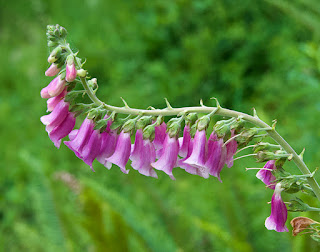July 11, 2021
We arrived at my daughter's house on July 2nd and tomorrow we say goodbye and head to the coast. It's been a fun and busy ten days of deck rebuilding, hiking, and bird watching.
After a couple of days of deck building we took a day off to hike the 7.6 mile Summit Lake Trail to spectacular views of Mt. Rainier.
Our first glimpse of the mountain. Just a tease.
After a long, challenging climb with lots of downed trees along the trail to climb over, under, or around, we reached Summit Lake.
There were fields of wildflowers all along the trail.
After a little more climbing, Mount Rainier appeared. You felt like you could reach out and touch it.
A view of the South Cascades
It was a spectacular view looking down on Summit Lake with Mount Rainier in the background.
As we started back down the trail, we saw a little bit of Mt. Baker in the distance.
We were all exhausted when we got back to the car, but we all agreed that the views were worth the climb.
When the work week was done, we took another hike. This time to the Nisqually National Wildlife Refuge, a wildlife preserve on the Nisqually River Delta near Puget Sound. There is a two-mile long boardwalk that starts out with a short walk through a woodland and then winds through the mudflats along the river delta. From here we were able to observe a variety of wildlife.
Colorful Puget Sound Garter Snake
Red Dragonfly
Bald Eagles fighting over a fish
We even got a peek at Mount Rainier across the flats.
A view of the river delta from the boardwalk
A Tern diving for a fish
Another Bald Eagle along the shore searching for fish
Views of Puget Sound from the end of the boardwalk
So many Great Blue Herons in one place
A Harbor Seal swimming in with the tide
Barn Swallow chicks in nests in the rafters of one of the gazebos along the boardwalk. Waiting to be fed.
We spent our last afternoon enjoying the newly rebuilt deck and watching the hummingbirds coming to the new feeder.
I'm all caught up now. Tomorrow we head for Copalis Beach on the Pacific Ocean.























































